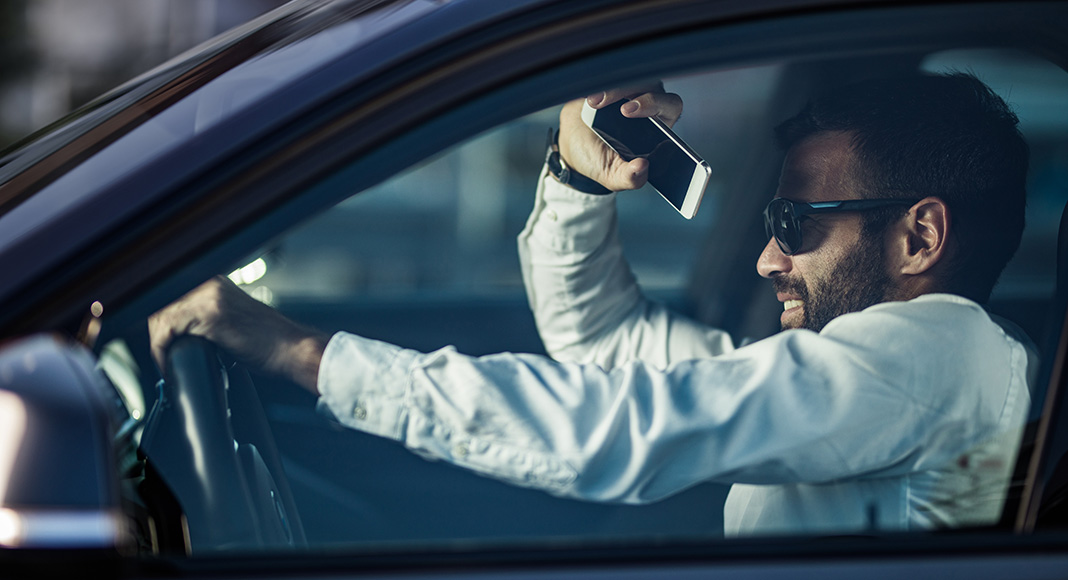A multifaceted approach could help end distracted driving, according to a new study from the Insurance Institute for Highway Safety (IIHS).
Along with strengthening laws and beefing up enforcement, safety officials should concentrate on leveraging friendships and family ties to inspire change, making drivers more aware of how serious a threat distraction represents and offering solutions to the common barriers that prevent them from simply ignoring their phones, the IIHS research has suggested.
âIt may come as a surprise, but many drivers still donât realize how dangerous it is to check a text message or glance at their Instagram feed while theyâre zipping along the road,â said IIHS Research Associate Aimee Cox, the lead author of the study.
April is national distracted driving awareness month in the US. According to the IIHS while activities like eating or putting on makeup can increase the risk of a crash; mobile phones are a particularly tempting distraction. About half of some 2,000 US drivers surveyed reported performing at least one device-based task on most or all drives over the past month.
The new study examined why some people are more likely than others to use their phones while driving and what might persuade them to stop.
âConventional, practical policy interventions that increase your chances of getting caught using your device when you shouldnât â whether that means stronger laws, increased enforcement or camera-based ticketing â definitely have a big role to play in reducing distracted driving,â said Cox. âBut these survey responses suggest that programs that leverage interpersonal relationships may also be effective.â
Police reports indicate that more than 3,000 people died in distraction-related crashes across the United States in 2020, accounting for eight percent of all traffic-related fatalities. However, the IIHS said that figure could be underestimated due to the difficultly in determining if distraction contributed to a crash.



















